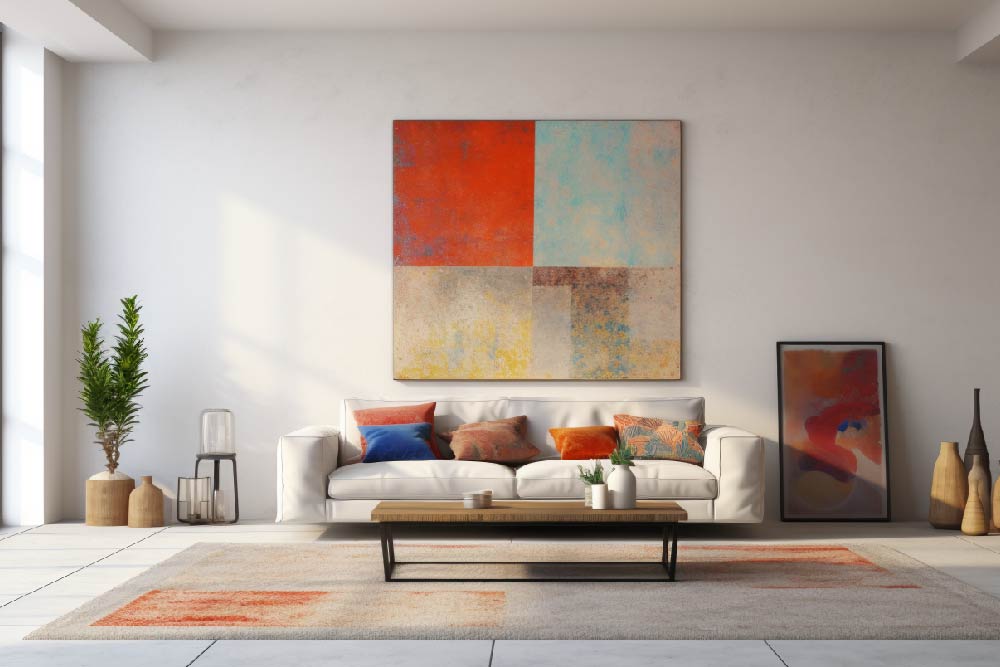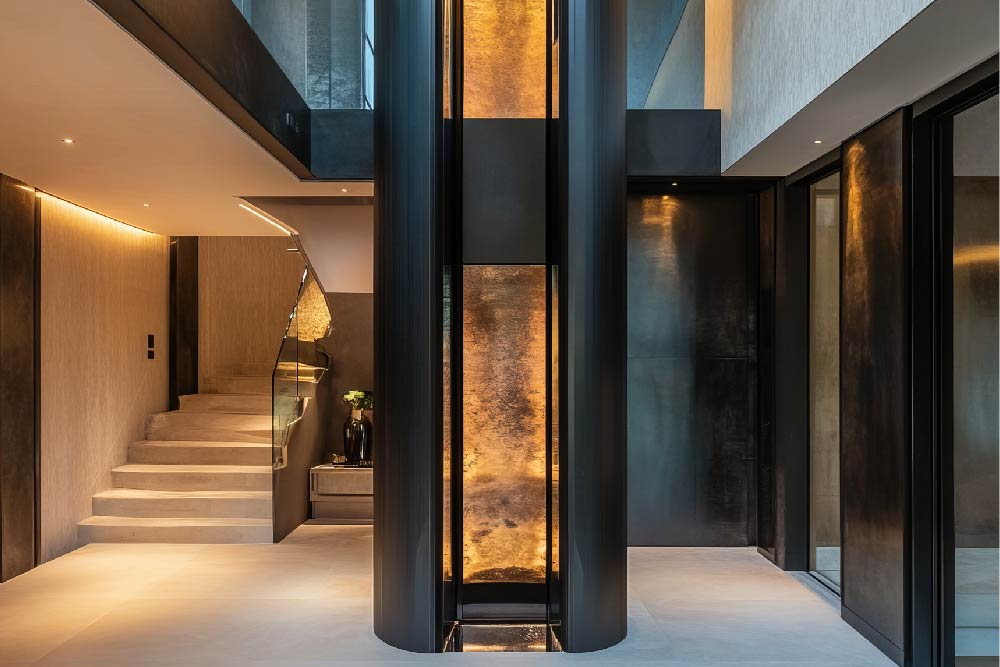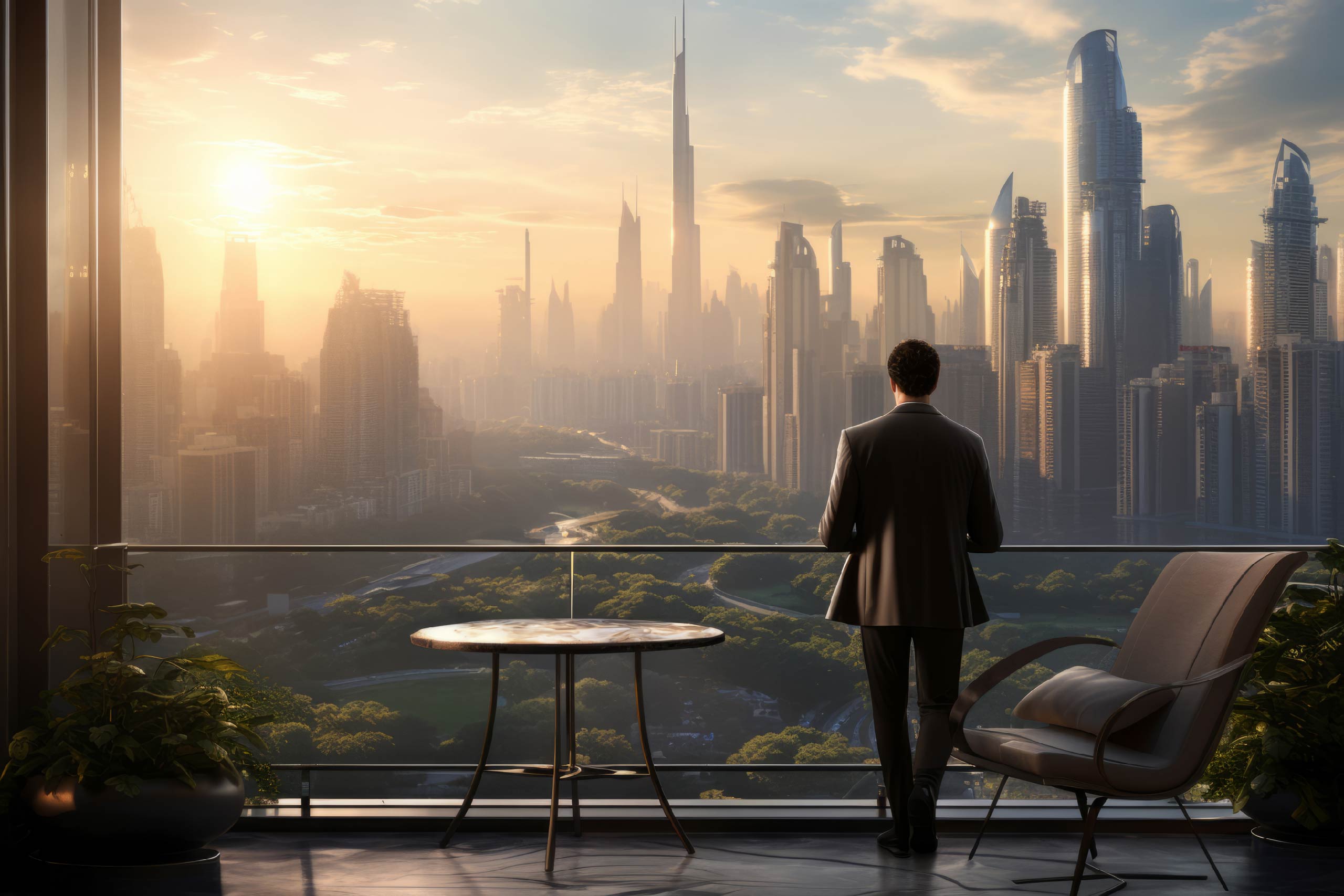
For most homebuyers, property acquisition is both a lifestyle decision and a significant financial asset. Yet, a common pitfall in real estate investment is the misunderstanding of space-related terminology. Terms like carpet area, built-up area, and super built-up area are often used interchangeably in listings and brochures, leading to confusion that can affect both price perception and post-purchase satisfaction.
Understanding the precise meaning and implications of each is essential to evaluating the true value of your property investment decision and ensuring transparency in the process. Let’s break down these terms in depth and understand how they impact your buying decision.
Carpet Area: The Usable Living Space
In any property purchase, the carpet area is the most accurate reflection of functional living space—the portion you can actually use and furnish. Carpet area refers to the net usable floor area within the internal walls of a residential unit. It includes:
- The living room
- Bedrooms
- Kitchen
- Bathrooms
- Internal passages
In essence, it covers all areas where a carpet could be laid. However, it excludes wall thickness (both internal and external), balconies, terraces, and shared spaces such as staircases, lifts, and lobbies.
Under the Real Estate (Regulation and Development) Act, 2016 (RERA), developers are legally required to disclose the Carpet Area. This mandate was introduced to eliminate ambiguity, ensuring that buyers pay for the space they can actually use, rather than for common or structural elements. If you’re evaluating homes strictly on usability and value per square foot, the Carpet Area gives you the most accurate picture.
Having understood the most buyer-relevant metric—carpet area—it is equally important to evaluate the next spatial layer that influences both valuation and usability: the built-up area.
Built-up Area: Encompassing Structural Elements
While Carpet Area defines the usable interior, Built-up Area offers a broader understanding of the space you legally own within the unit’s walls. Built-up Area is the sum of the Carpet Area plus:
- Thickness of internal and external walls
- Utility ducts
- Exclusive balconies and verandas
This measure reflects the complete physical footprint of the apartment, including parts you own but may not actively use in daily life. It serves as a key figure in architectural drawings and regulatory submissions.
Understanding the difference between carpet and built-up area allows buyers to assess not just space but true utility, legal ownership and cost-effectiveness.
To understand how this built space fits into a project’s larger ecosystem and how developers price it, we now need to consider the super built-up area.
Super Built-up Area: The Saleable Metric
Once you account for both the livable area and the structural footprint, the next layer is the super built-up area. This figure includes not just your built-up area but also a proportionate share of shared common facilities within the project. It typically comprises:
- Entrance lobbies
- Staircases
- Corridors
- Lift shafts
- Clubhouse, gym, and amenities (in some cases)
In most Indian residential projects, the rate advertised, quoted in ₹ per sq. ft., is based on this super built-up area—often called the saleable area. But to assess real value, one must look beyond headline numbers and understand what each metric covers.
What’s Included: Carpet Area vs. Built-up Area
Here’s a side-by-side comparison of inclusions under Carpet Area and Built-up Area in typical residential layouts:
| Space Component | Carpet Area | Built-up Area |
|---|---|---|
| Living Room / Common Hall | Yes | Yes |
| Bedroom | Yes | Yes |
| Kitchen | Yes | Yes |
| Dining Room | Yes | Yes |
| Bathrooms | Yes | Yes |
| Prayer Room | Yes | Yes |
| Balcony | No | Yes |
| Study Room | Yes | Yes |
| Utility Area | No | Yes |
| Inner Staircase | Yes | Yes |
| Exclusive Terrace | No | Yes |
| Exclusive Veranda | No | Yes |
| Outer Staircase | No | No |
| Lobby | No | No |
| Lift | No | No |
| Open-to-Air Swimming Pool | No | No |
| Garden | No | No |
Each of these area types serves a different purpose—from livability to pricing benchmarks. To fully grasp their impact, it’s important to understand why this distinction matters when buying a home.
Importance of Understanding These Areas
Grasping the distinctions between carpet area, built-up area, and super built-up area is vital for several reasons:
- Pricing Transparency: Property prices are often quoted based on the super built-up area. Being aware of the actual carpet area ensures you know the exact usable space you’re paying for.
- Loan Approvals: Financial institutions consider the carpet area when approving home loans, as it reflects the actual livable space.
- Resale Value A clear understanding of these areas can influence the property’s resale value, as buyers often prioritise usable space.
- Interior Planning: Furniture layout, storage planning, and even renovation costs depend on the actual usable floor space, i.e., carpet area.
A thorough understanding of the difference between carpet and built-up area empowers investors and buyers to make informed decisions, ensuring value for money and satisfaction in their real estate investment.
At SQUAREA, we prioritise transparency and informed decision-making in your property investment decision. Our team is dedicated to guiding you through every step, ensuring clarity and confidence in your investments. For personalised assistance, reach out to us at hello@squarea.io or call +91 90 9641 9641. Let’s navigate the real estate landscape together, making choices that align with your aspirations and lifestyle.




